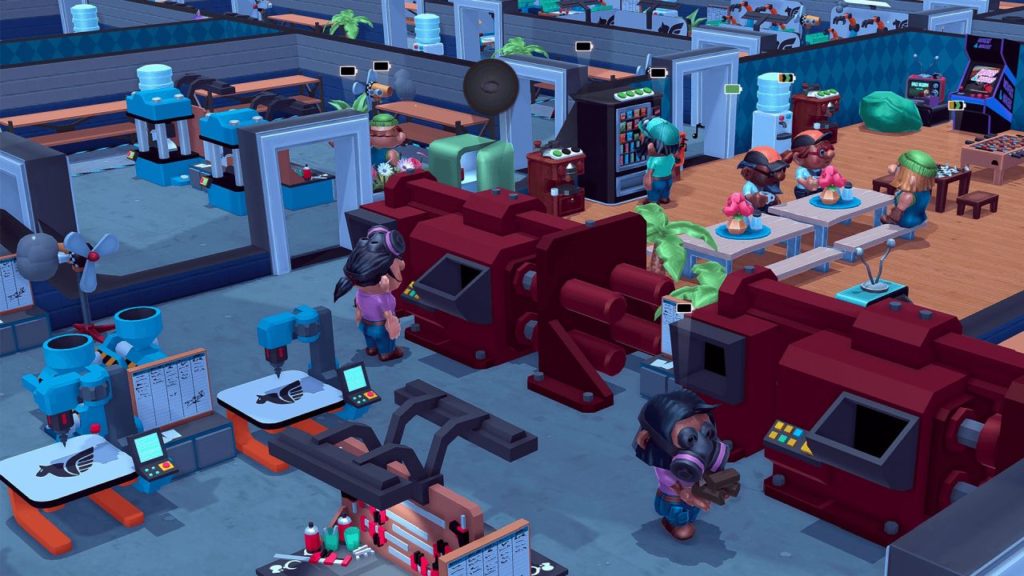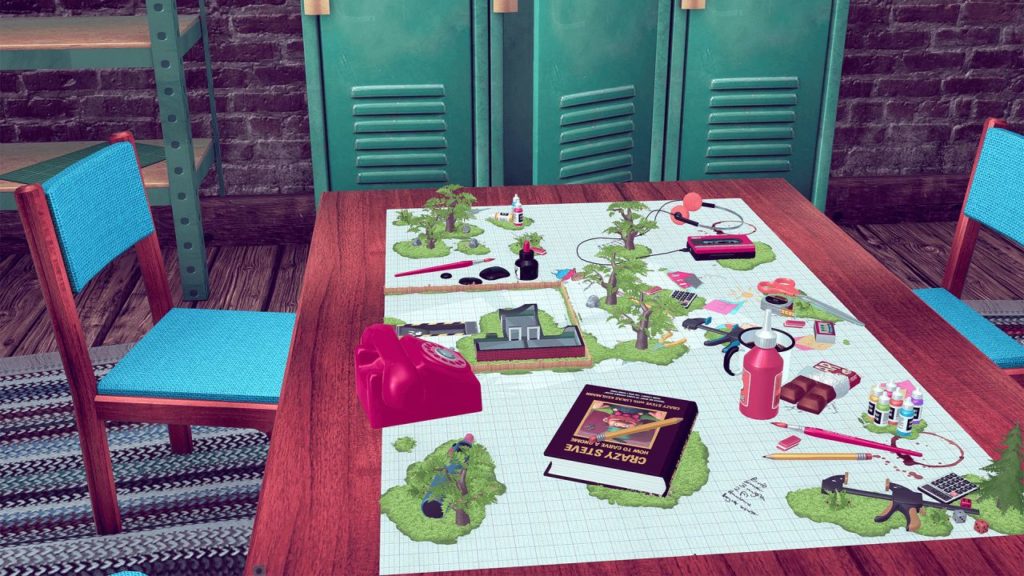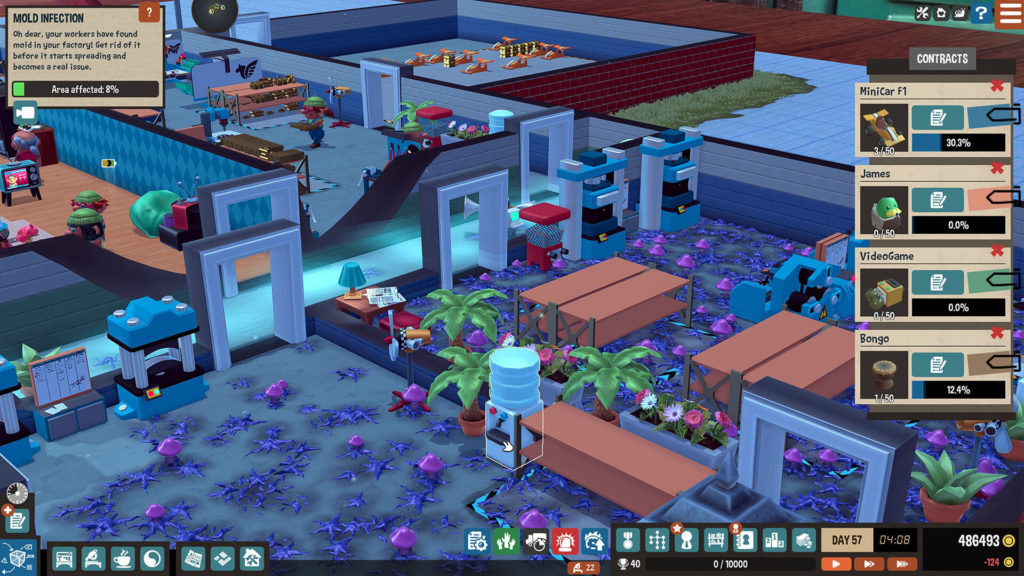Little Big Workshop Nintendo Switch review
There is something about management sim games that helps me when I am feeling a little overwhelmed with things. Fundamentally I think it is because I have total control over everything that happens in them, right down to controlling exactly when the task I’ve set up occurs. I can even control time by pausing and speeding up the game play to process tasks quicker. In the chaos of current times, I think there is a great deal of comfort in that, which is maybe why Little Big Workshop resonated so well with me.
Almost a year after its PC release, it has copme to PlayStation 4, Xbox One, and Nintendo Switch (the version this review is based on). Translating a game like this onto console inevitably has some issues as they are more naturally suited to a mouse and keyboard, however the team at Mirage Game Studios have managed it with some skill. There are some issues with clumsy menus and some tiny text particularly in hand held on the Switch, but the tutorial does an excellent job of laying out the groundwork of what you will be doing during your time in Little Big Workshop.

You are tasked with growing your factory, and there are lots of things you will need to do in order to achieve this. Underneath the cutesy diorama style that has more than a whiff of Micro Machines about it, you will find a surprisingly deep strategy sim with a number of different processes you will have to manage and trade off against each other.
The campaign, such as it is, doesn’t follow a linear path in the way that the recently released Two Point Hospital does. In that game you progress gradually, performing tasks and raising your hospital level before moving onto another one, however in Little Big Workshop you can progress in any way you see fit, scaling up and down depending on number of factors. There are some broad milestones you can work towards, but ultimately you will only be guided towards certain things rather than overly pushed towards them.
Much of your progress will come through fulfilling specific orders from a list of customers that you can gradually increase your relationship with. These customers will demand specific items that you will need to deliver within a set time. Doing so will net you experience points that you can in turn spend on research points to build more complex machinery, hire more workers or expand your plot space. You can also take on more work orders by browsing the marketplace for items.

The Marketplace operates on a supply and demand basis that changes constantly, and your choices will be limited by the workstations you already have installed in your factory and the raw materials that you can currently work with, as well as the work orders you are already in the process of working through. The marketplace offers a lot of potential for raising the value of your factory, which in turn will provide the much needed experience and research points required for further expansion, but you will have to be mindful of the economics around the demand versus the cost to make and your potential profit.
Each work-order has an expectation for the end product in terms of its overall quality and the cost to make it that you will need to stick to. To begin with you will need to plan the process through a work-flow diagram. Processes are split between the raw materials and the workstations you require to make parts and assemble into the finished product. Items in square boxes are your component parts, and much like real life you will need to juggle between different levels of quality in your raw materials, and how long it will take to work with each material.
The circle nodes in the work flow are your operations, where your workers will need to be assigned to process the order. Workstations are split between generalised and specialist tasks. The generalised stations can craft most items, but it will take a significantly longer time to do so, to speed things up you can apply a process to specialised workstations, but these increase the cost of making the product, so there is a lot of balancing to do. Furthermore, your workforce will suffer from tiredness and will need to retire to a suitably furnished and stocked staff area to replenish their stamina so that they can return to the work flow refreshed.

What seems fairly simple and straightforward at first gradually becomes more and more complex. Your work-flow diagram expands to incorporate a number of subtasks and different work orders that you can influence by prioritising depending on specific needs, as well as managing the inevitable breakdowns of workstations. There is a lot to manage, and it can become overwhelming. This feeling was amplified as it seems there isn’t an option to really drill down into the process and specifically direct your workforce. Once a task is set into action they work pretty much independently performing the tasks as they see fit and going off for breaks when they want to. Because of this it is often difficult to see where the bottle necks in your work flow are actually occurring; is it because you don’t have enough workers, is your machinery breaking down too often, or perhaps you have a task assigned to workstation that isn’t operating as efficiently as another may do? The answers to these questions are not as easily found as I would have liked and as such there is a sense of unfairness when you inevitably fail.
There is no denying though that that the overall loop is quite compelling with Little Big Workshop. Watching your little workers pottering around your factory performing tasks feels quite therapeutic. Furthermore there is a tonne of stuff for you to drill into with extensive research trees and opportunities to have multiple runs with different outcomes each time. The pacing can feel a little up and down at times with tasks seemingly taking an age to finish and other processes causing a little bit of frantic play, but overall Little Big Workshop is an enjoyable entry in the management sim genre.




